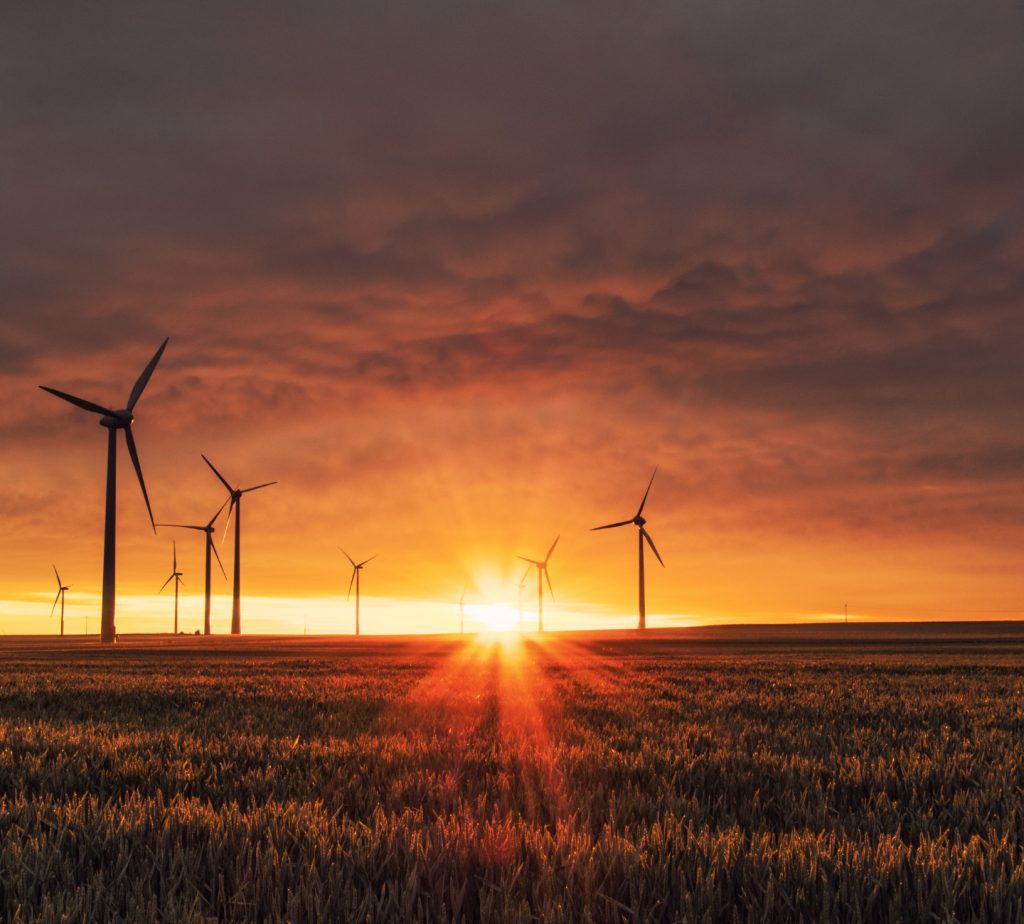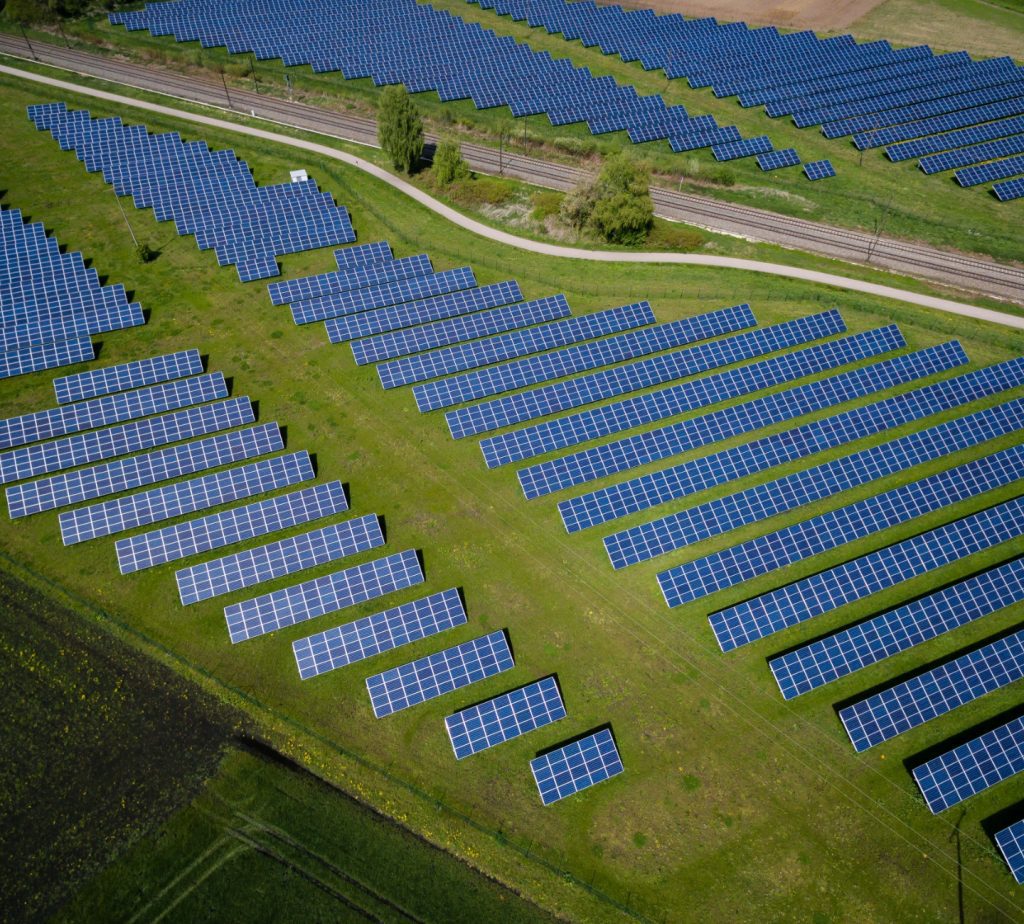
As climate change continues to gain traction as a global priority, political systems around the world are being pressured to accelerate the implementation of environmental sustainability policies. In a statement issued on January 11, 2021, the International Energy Agency (IEA) announced the development of the “world’s first comprehensive roadmap to net-zero emissions by 2050”. The report, to be issued in May, ahead of COP26, will detail required actions from governments, companies, investors, and citizens to counteract a temperature increase of 1.5 degrees Celsius.
The report further underpins the eminent rise of a global clean energy transition. This changes the economic reality for many countries, in particular hydrocarbon producing countries such as Saudi Arabia. Saudi Arabia is the world’s largest exporter of oil, leads OPEC and is considered the swing producer of the world.
While Saudi Arabia has an unrivaled ability to control global oil prices by virtue of its large spare production capacity, the energy transition now challenges its prominence in the global energy market. Saudi Arabia could potentially lose vast amounts of revenue, which has historically fueled its fiscal and economic growth. According to the International Monetary Fund (IMF), in 2015, oil receipts accounted for around 85% of Saudi Arabia’s exports, 90% of fiscal revenue and 40% of GDP.

Looking beyond oil: Prompted by oil price shocks in 2015, Saudi Arabia launched Vision 2030, an ambitious plan largely focused on reducing its dependence on oil.
While economic diversification is the main goal of Vision 2030, Saudi Arabia still plans to extract value from its vast hydrocarbon resources. The plan aims to convert hydrocarbon sales into sustainable formats, with the goal of utilizing the country’s endowments to sustain economic growth while adhering to climate commitments stipulated in the Paris Agreement.
Under the leadership of the current Minister of Energy, HRH Prince Abdulaziz bin Salman Alsaud, the innovative plan will sustain Saudi Arabia’s prominence and leadership in the global energy market and achieve sustainability goals via the following strategies:
Strategy 1 – Circular Carbon Economy (CCE): Saudi Arabia’s presidency during G20 2020 gave it a platform to take the lead in CCE as a potential solution for sustainable hydrocarbon use. G20 energy ministers endorsed the proposed Circular Carbon Economy Platform and its “4Rs” framework (reduce, reuse, recycle, remove). As such, Saudi Arabia plans to invest in R&D and take leadership in developing technologies that will support the CCE framework. This includes renewable energy technologies (reduce), converting emissions into high value products (reuse), using natural processes to recycle emissions (recycle) and using geological and technological methods to capture carbon (remove).
Strategy 2 – Hydrocarbon Sustainability Program (HSP): Saudi Arabia aims to displace domestic hydrocarbon liquid consumption at a rapid pace. Its domestic power mix target includes using natural gas and renewable energy to meet 100% of domestic power demand by 2030. Freed up liquids and increased gas production will then be used as feedstock to develop high value petrochemical industries. The goal is to establish strong foundations for the petrochemical industry to grow in tandem with decreasing crude demand in the future. As consumption of crude declines in the future, the petrochemical industry will take the lead in sustainable hydrocarbon sales by converting excess production capacity into high value, zero emission hydrocarbon products.
Strategy 3 – Hydrogen: In September 2020, Saudi Arabia became the first country to export blue hydrogen for zero-carbon power generation. The recipient Japan, is the first of many customers Saudi Arabia is targeting to take supply leadership in the rapidly growing hydrogen market. Saudi Arabia also signed an agreement with industrial gas supplier Air Products to develop and operate a $5 billion facility to supply green hydrogen to the world. The facility will be entirely powered by renewable energy. To support this effort, Saudi Arabia has been developing agreements to supply green hydrogen to Europe. This reinforces Saudi Arabia’s commitment to implementing the CCE framework, supporting the global energy transition and taking leadership in new energy markets.

Looking within: the Ministry of Energy aims to drastically improve its energy efficiency performance.
Furthering its commitment to environmental sustainability goals, the Ministry of Energy is coordinating several large-scale strategies to improve energy efficiency. It also aims to ensure that domestic energy consumption yields optimal economic value. These strategies focus on transforming the power sector, enforcing strict standards for efficiency in consumer goods such as home appliances and removing subsidies from fuel and power prices to rationalize energy consumption. Transitioning from its legacy operating model towards a highly innovative focus on a new energy reality requires the Ministry of Energy to coordinate complex strategies while also transforming its own capacity to deliver.
How have Q5 been involved
Q5 has recently started working with the Ministry of Energy to help integrate these large transformative strategies with the energy objectives of Vision 2030. Our goal is to create a roadmap for a new operating model and organizational structure.
We have supported the delivery of the three-part strategy: converting the ministry’s vast objectives into clear policies, supporting the development of effective and actionable initiatives, and enhancing performance monitoring of initiatives and policy implementation.

